Case Study: Flipped Classroom
The 'Flipped Classroom' approach in Cambridge science teaching
The 'flipped classroom' approach is a pedagogical method whereby students are introduced to core material and concepts during independent study time before a lecture, practical or class, to allow for contact teaching time to focus on participation in active tasks (Advance HE, 2020). In Higher Education contexts, this shift allows the lecturer to take the role of interactor and facilitator, as students learn through collaborating with peers, working through tasks, and engaging with the lecturer to develop a deeper grasp of material, concepts and processes (O'Flaherty & Phillips, 2015).
Ressearch suggests that this approach is an effective way to develop both autonomous and cooperative learning competencies (He, 2020; Tuononen, Parpala & Lindblom_Ylänne, 2019), as well as promoting student engagement and enjoyment through facilitating opportunities to engage in active learning with feedback and guidance provided by an expert (Strelan, Osborn & Palmer, 2020).
We spoke to Dr Matt Mason about his experience of researching and developing flipped classroom teaching for Cambridge undergraduates. An opportunity to trial the flipped classroom approach presented itself when he was asked to give three lectures about nutrient acquisition to 187 first-year Natural Science students in 2018. These students were given last year's handouts and slides only as background material to be assimilated before the classes.

He then further developed the approach in Lent Term 2020 (pre-lockdown), in digestive physiology courses given to 39 second-year Natural Science students and 386 first-year Medical and Veterinary students: these students were given custom-made online video presentations as background material. He collaborated with Dr Angela Gayton whilst she was at the Faculty of Education in Cambridge to develop this into a research project, which involved seeking feedback through questionnaires as well as interviews conducted by Dr Gayton. A preliminary report has been published in Physiology News; a more detailed analysis is being prepared.
What was the context and purpose of researching the flipped classroom approach?
What we were interested in, to begin with, was whether you could do flipped classroom teaching in Cambridge with large cohorts of science students. This approach tends to be used more in Social Sciences, where there are open questions which students can discuss, but how do you do it in science when you are trying to convey facts? And then there is the other question which quite a lot of academics asked me: "What is the point of doing this when a supervision is already effectively a flipped classroom session? They have learnt the information elsewhere, they come to the supervision, and then you engage them in discussion and thinking about what they are doing."
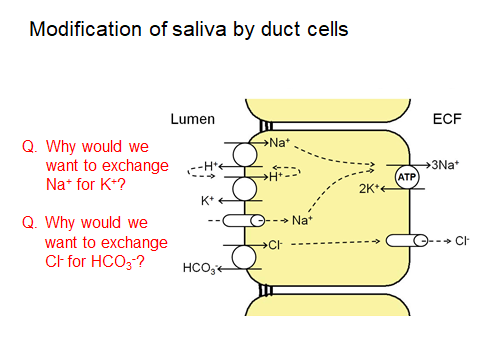
So we were interested to know whether this flipped approach was redundant in Cambridge on this basis. And in fact, a lot of the questions that I asked the students in the flipped sessions were the same questions I use with my supervisees. I borrowed some of my supervision material and presented it in the lectures.
Interestingly, almost none of the students recognised a crossover with supervisions, even so. We gave them all questionnaires afterwards, where we specifically didn't ask about supervisions, but had lots of opportunities for them to comment spontaneously. Out of literally hundreds of questionnaire answers, only a small handful even mentioned supervisions:
"It felt like the lecture was almost a supervision, so details were explored more thoroughly."
"Felt the live sessions were similar to a large supervision, which I appreciated."
"Questions in 'lectures' were supervision-style -> so stretched the concepts -> took longer however."
The qualitative data illustrated positive experiences of, and reactions to, this flipped classroom approach, and this was corroborated by the quantitative data. Below are illustrative excerpts from the data collected, showing a positive right shift: Figure 1 shows student perceptions of how much they felt they learned, Figure 2 perceptions of the depth of understanding gained from the flipped classroom approach, and Figure 3 perceptions of how prepared they felt for their exams. The colours represent the different cohorts: blue / leftmost column = 1st-year natural scientists; orange / central column = 2nd-year natural scientists; grey / rightmost column = 1st-year medics and vets.
Q. How much do you feel you learned from the flipped classroom approach taken in Digestive Physiology (this includes both the videos and the presentations), in comparison to what you would have learned from traditional lectures? Please circle one answer.
| A: I learned much less than I would have from the traditional lecture format | B: I learned somewhat less than I would have from the traditional lecture format | C: I learned about the same amount | D: I learned somewhat more than I would have from the traditional lecture format | E: I learned much more than I would have from the traditional lecture format |
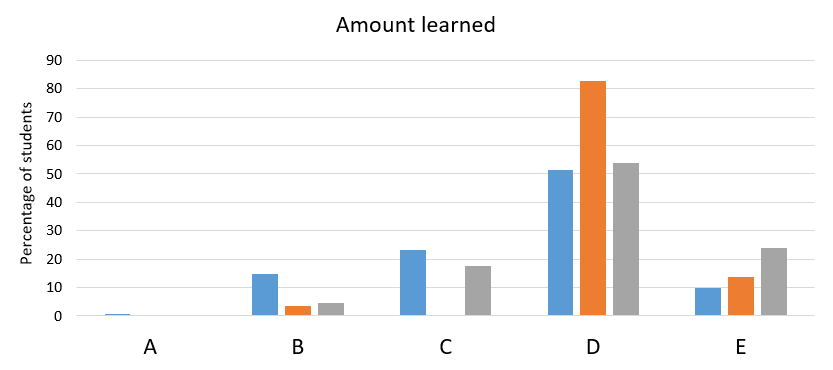
Q. How would you rate the depth of your understanding gained from the flipped-classroom approach, in comparison to that gained from traditional lectures? Please circle one answer.
| A: My depth of understanding is much less than from the traditional lecture format | B: My depth of understanding is somewhat less than from the traditional lecture format | C: My depth of understanding is about the same amount | D: My depth of understanding is somewhat more than from the traditional lecture format | E: My depth of understanding is much more than from the traditional lecture format |
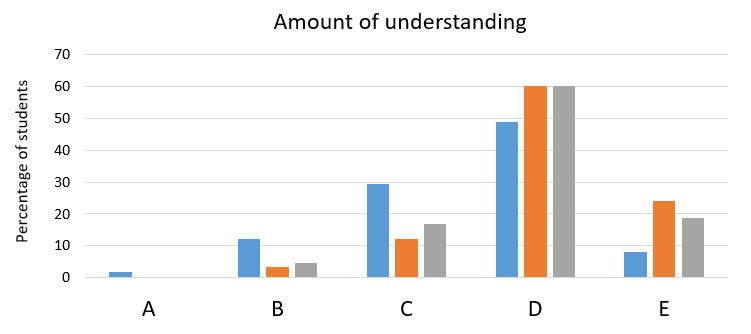
Q. To what extent do you feel that the flipped classroom presentations helped prepare you for tests and exams, in comparison with the traditional lecture format? Please circle one answer.
| A: I feel much worse prepared as a result of the flipped classroom approach | B: I feel somewhat worse prepared as a result of the flipped classroom approach | C: I feel about the same | I feel somewhat better prepared as a result of the flipped classroom approach | E: I feel much better prepared as a result of the flipped classroom approach |
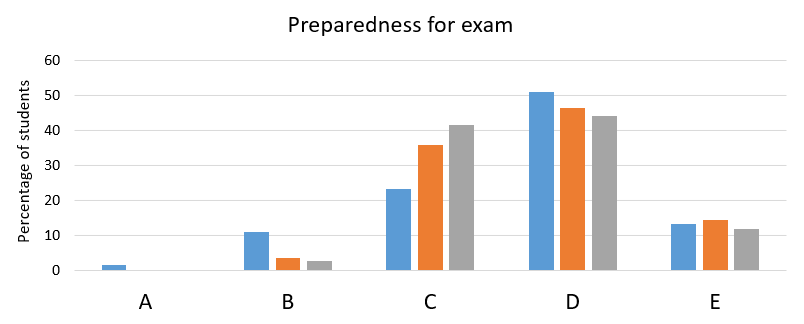
What were the lessons learned?
- Articulate to students how long the preparations may take, and why
Many students commented that they put a lot more time into this course than they ordinarily would. In each of the two 2020 courses there were supposed to be six lectures, taking six hours in total. I instead delivered three 'flipped' sessions for a total of three hours, in exchange for students doing preparatory work which in theory should have taken three hours. However, because I condensed all the core material from the original six lectures into the preparatory videos, they were collectively three hours and 40 minutes long - and much longer still if students wanted to pause the videos and take notes. In fact, the extra preparation time required was the only major complaint that we had from the students. In future I would explain more clearly why the videos were longer than the 'freed up' slots. - Indicate how students can speed up video playback
A few students commented that they would like the capacity to speed up video playback (which indeed might help to address the above), and this is something I didn't know about in Lent Term: on YouTube, Panopto and various other platforms, you can click a button to watch at advanced speed. The pitch is maintained; it's just as if you're speaking normally but at a faster pace. So I have put a little passage above the videos explaining how to speed them up for any students who don't already know. - Cut videos into chunks
Students also liked videos to be cut into chunks. Even though the videos could be paused whenever they wished, we had a lot of unsolicited feedback that they liked the topics being organised in roughly 15-minute blocks. - Consider using Microsoft Word's dictate function for a transcript
I made a transcript with Word's dictate function - also possible through Panopto and Teams - to help students who had difficulties with the audio. Unexpectedly, some students preferred to read through the transcript to take on board the information instead of watching the videos, perhaps because it was faster for them. Thus it was not only useful for those with hearing impairments, but for any of the students.
Flipped classrooms in remote teaching
In the Easter Term, during lockdown, I conducted four lectures as remote sessions, for the same group of second-year Natural Science students. I provided voice-over PowerPoints as I had for my Lent Term courses, and then conducted a live flipped session in Zoom. I told the students this flipped session was optional, and that if anyone was in a different time zone we could have a separate discussion (as I did not want to record the students in the first Zoom conversation).
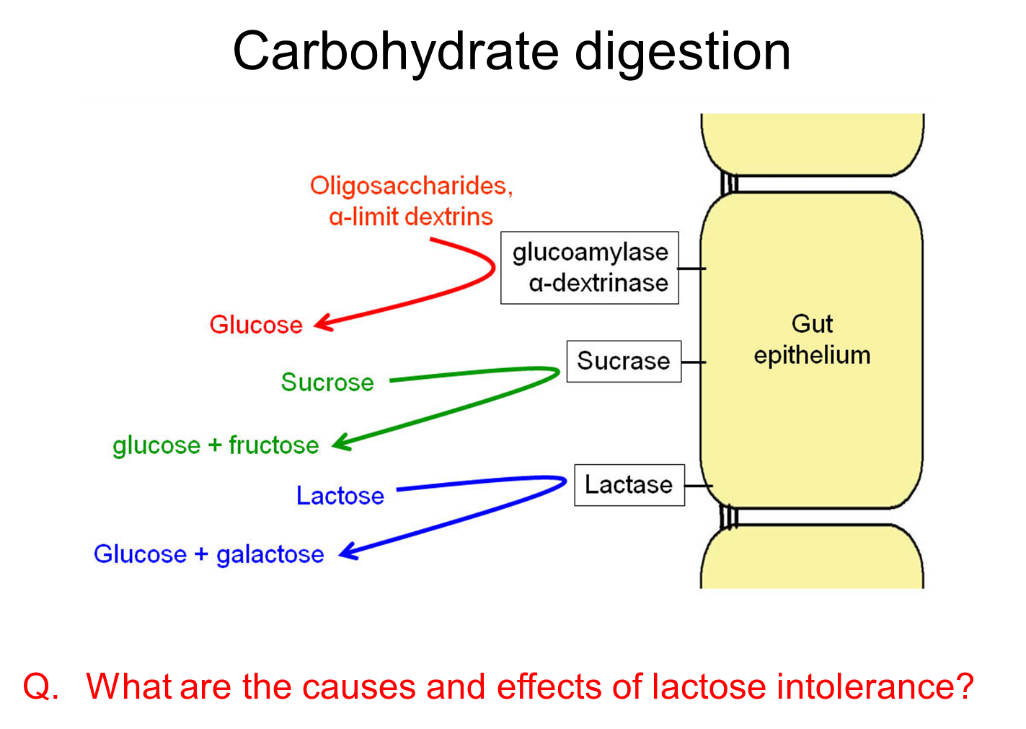
About a third of the class tuned in to the live session. Now, that doesn't sound like many, but one of the things we'd noticed in our department over Easter 2020 was that particpation in optional question-and-answer sessions following lectures and practicals was negligible. That surprised us: the students were remaining quite anonymous and appeared not to be coming forward with questions - but of course they were still attending supervisions, so perhaps were asking their questions there.
For example, I have about 90 students in my first-year practical classes, but only a handful were tuning in to ask questions during lockdown teaching. At the beginning many would have their cameras off, and some would only listen without contributing questions. As term progressed they began to turn their cameras on, I guess as they established what was expected of them, but the numbers never increased.
So when a third of the year turned up for an optional flipped session that wasn't too bad. I deliberately told them I would present some (optional) new material, and I think that makes all the difference: if they think they might otherwise miss something then they will show up. If it's just an opportunity to ask questions, they may leave it for their supervisors. So every question represented at least one student willing to give it a go. I knew these students already as I had taught them in several courses, including the Lent Term flipped course. They seemed keen to come forward, so it did work as a flipped session; they were thinking about it, they were answering questions. I think they knew what to expect and they did enjoy it.
Authors
Author: Dr Matt Mason

Dr Matt Mason is a Fellow and Director of Studies in Physiology at St. Catharine's College. As University Physiologist, he is involved in lecturing, examining, running practicals, course organisation and research project supervision within the University. He is a Pilkington Prize winner (2018) and his research is on the evolution of hearing in vertebrates.
Interviewer: Dr Juliet Scott-Barrett

Dr Juliet Scott-Barrett is a Project Associate here at the Centre for Teaching and Learning, with a focus on inclusive practices.
References
Advance HE (2020). Flipped learning. Available online.
Mason, M.J. & Gayton, A.M. (2019). Flipping physiology: can we teach physiology in a different way?Physiology News, 116:31-33.
He, J. (2020). Research and practice of flipped classroom teaching mode based on guidance case. Education and Information Technologies, 1-16.
O'Flaherty, J. & Phillips, C. (2015). The use of flipped classrooms in higher education: A scoping review. The internet and higher education, 25, 85-95.
Strelan, P., Osborn, A. & Palmer, E. (2020). The flipped classroom: A meta-analysis of effects of student performance across disciplines and education levels. Educational Research Review, 100314.
Tuononen, T., Parpala, A. & Lindblom-Ylänne, S. (2019). Complex interrelations between academic competencies and students' approaches to learning-mixed-methods study. Journal of Further and Higher Education, 1-18.
Zainuddin, Z., Perera, C. J. (2019). Exploring students' competence, autonomy and relatedness in the flipped classroom pedagogical model. Journal of Further and Higher Education, 43, 115-126.
Cambridge Teaching & Learning Newsletter vol. 1 (issue 6) August 2020
